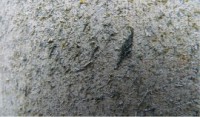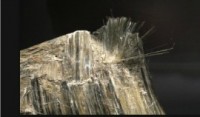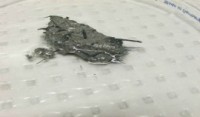A Brief History of Absestos in New Zealand.
There have been two plants producing asbestos cement products. The first was established in 1938 at Penrose in Auckland, by the Australian Company James Hardie Ltd. A second factory, operated by well known local company, Fletchers, was established in the Christchurch suburb of Riccarton in 1943.
Depending on the item being manufactured, they were made of a mixture of sand, Portland cement, and usually between 5 and 15 percent of either Chrysotile, Amosite or Crocidolite. Asbestos was added because of its inherent properties (high tensile strength, fibrous nature and heat resistance) which provided reinforcing to the sheet material.
The Auckland plant produced asbestos cement products until 1987 although from 1983 asbestos had been phased out of sheet products and was only included in pipes. At peak production in the 1970’s the Penrose plant employed up to 600 employees at any one time.
The Christchurch plant, called Dunrock Industries, operated until 1974. Estimates of the numbers employed over the life of the factory vary between 900 and 2000 – and are confused by the fact that large numbers of casual workers were employed. |





